Top Screenwriters Reveal the Secrets Behind Being a Better Scribe: Coffee Talks
Saying “no” more often. Tackling studio notes without driving yourself crazy. How to tell when you’ve really struck gold with a particular story idea. These are just some of the screenwriting nuts n’ bolts that were delved into at the Screenwriters Coffee Talk panel held on June 5 at the historic Culver Hotel during the 2016 LA Film Festival.
For anyone looking for pragmatic and candid insights on how to thrive as a working writer in Hollywood, the panel was the place to be on a breezy and sunny Sunday afternoon. Steeped in the artsy vibe of the Festival’s main Culver City hub and infused in the heady turn-of-the-century elegance of the second-floor Culver Hotel ballroom, the fifth day of this year’s Festival offered attendees a plethora of insights into the craft of writing, courtesy of an award-winning collection of scribes.
The panel consisted of Oscar-nominated Carol screenwriter Phyllis Nagy, Uruguayan writer-director Fede Alvarez (Evil Dead, Don’t Breathe) and panelist-moderator Phil Johnston (Zootopia, Wreck-It Ralph), who joined forces to share some hard lessons learned over the course of their careers with the approximately 100 attendees. Here’s what they had to say:
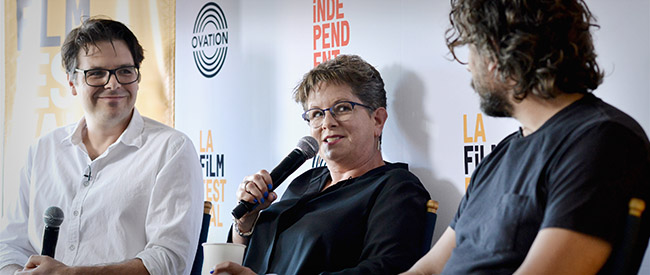
Say “no” more often
When discussing how they’ve managed to navigate the sometimes treacherous Hollywood landscape and make good choices when choosing what material to work with, Johnston recalled some advice he’d gotten upon first arriving in Hollywood: “Say ‘no’ more often. Make ‘no’ your best friend.”
The consensus: as a newbie in the screenwriting realm, you don’t always have to say “yes” to every project that comes your way, no matter how tantalizing the financial gains may appear.
Alvarez nodded in agreement. After being handpicked from obscurity by producer Sam Raimi (who discovered the director after watching his YouTube short film “Ataque de Pánico!”) Alvarez was bombarded with many offers that, on their surface, sounded like a dream come true. But looking back he was glad to have trusted his instincts, even in those early days, daring to pass on projects that just didn’t feel right for him.
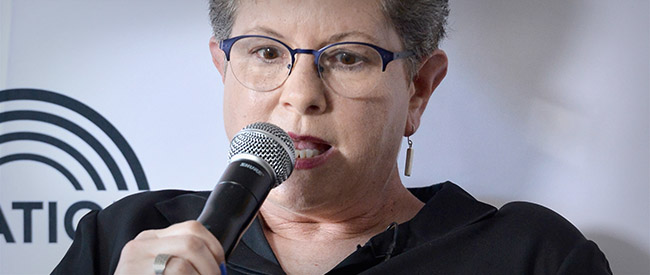
How to address studio notes
When asked about the most efficient way to handle studio notes, Nagy shared that instead of arguing over them, she actually found a better way, as well as one that actually makes everyone happier in the long run. Even when she doesn’t agree with a particular note she’ll still address the note’s point to the best of her ability, in hopes that doing so will illustrate why the note may not in fact be the best way to service the story. “You get more goodwill that way,” she quipped of the Screenwriter’s willingness to play ball with studio notes.
Johnston also asked Nagy to compare the types of notes she’s gotten on small indie films versus studio notes, to which she observed, “Indie notes are both more onerous and have the potential to be more enlightening. Studio notes tend to be broader and easier to deal with as a writer.”
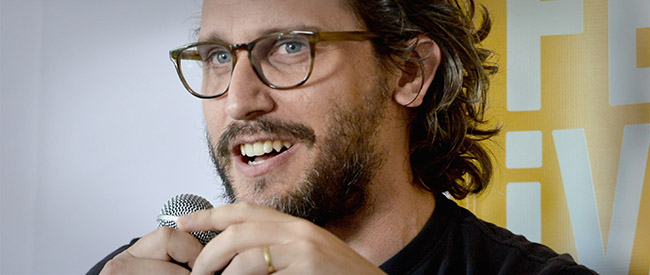
Strict adherence to structure principles: Yea or Nay?
Opening the panel up to audience Q&A, a frustrated film student took the mic to question the merits of what she’d been told in film school. Namely that in order to write material that sells screenplays have to commit strictly to three-act structure, i.e. “x” needs to occur by page 35 and “y” needs to happen at the 2nd Act turning point.
To this, Johnston said that he is now more accustomed to adhering strictly to structure. “I’ve learned a structure that is, for better or worse, going through Pixar/Disney [and] their process is a very rigid three-act structure. Hopefully you can dance around within the lines there, but I write now in a way that I never used to.”
Nagy came at the question from a different angle, having been an accomplished playwright at the Royal Court Theater in London for the better part of her writing career prior to attacking feature screenwriting. She said that while she conforms to some of the same norms to a degree, she admitted her approach is more fluid—a fact that she attributes partially to not having gone to film school.
“To me, screenplays are one huge movement. It’s like a musical movement, rather than arbitrary act breaks,” she said. “Moving from image to image, you can’t really predict what will happen on page 20 if you don’t write with plot in mind. But that said I know where I’m going. I know exactly what my opening image is, and I know what my closing image is. And that provides a huge instant structure.”
By contrast, adhering to structure actually helps Alvarez’s process. He admitted that he’s not one to take the plunge and “just start writing” only to meander around, hoping and praying that his story will reveal itself in the process. “I need to know how it starts, how it ends,” he said.
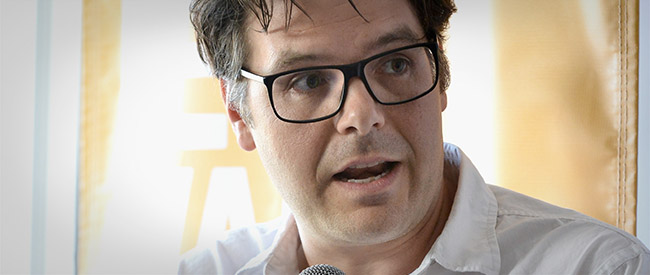
How do you know when you’ve got a story with legs?
Another audience member wanted to know the panelists’ secret to identifying which story ideas will actually work on the page. Nagy shared that if she can answer the question of what’s this movie about? at any point while working through a first draft, then it’s probably not an idea that merits her time. “If I can reduce it to something issues-based or plot-driven as opposed to narrative driven, I think it’s two different things. If I can answer the question, then I don’t need to write it.”
Alvarez tends to keep gestating a story idea until he reaches an epiphany moment when he can finally visualize where the story could go and subsequently knows that the idea will click.
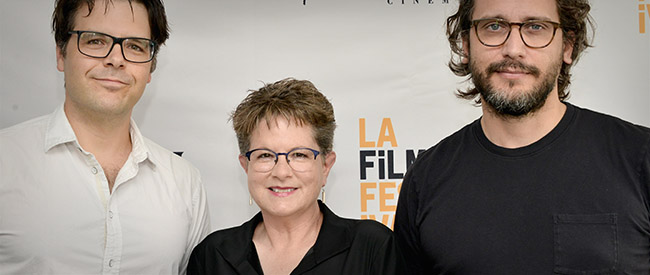
How to marry a story idea with its best form
One of the last questions from the audience was how identify which form or platform (i.e. feature versus short film versus TV episodic, live action vs. animation, etc.) is best suited for a particular story idea.
Nagy’s advice was to watch a large volume of material in various forms. Pretty soon, she noted, “You’ll begin to recognize a pattern.” She said that she’d been watching movies from the 1930s and 1950s (“when they really knew how to write”), especially Billy Wilder and Laurel & Hardy films. She also recommended watching the myriad top-tier dramas produced in recent years.
All this work will help you find where your “home” is when it comes to which form best suits your talents and writing style. Nagy said that it took 20 years to figure out that her “home” as a “long form” writer was the feature film world.
The annual Coffee Talks, sponsored by Ovation took place June 5 at The Culver Hotel. The Directors panel is sponsored by Directors Guild of America, the Actors panel is sponsored by SAGindie, and the Screenwriters panel is sponsored by Writers Guild of America, West.
This year’s 2016 LA Film Festival is currently happening at the ArcLight Cinemas in Culver City as additional venues citywide through June 9. Buy your tickets to all of our great screenings and special events today. Click here for more information.
To see our full lineup and Festival Guide, please visit our website, stay tuned to this blog and subscribe to our YouTube channel. Learn how to become a Member of Film Independent by clicking here.